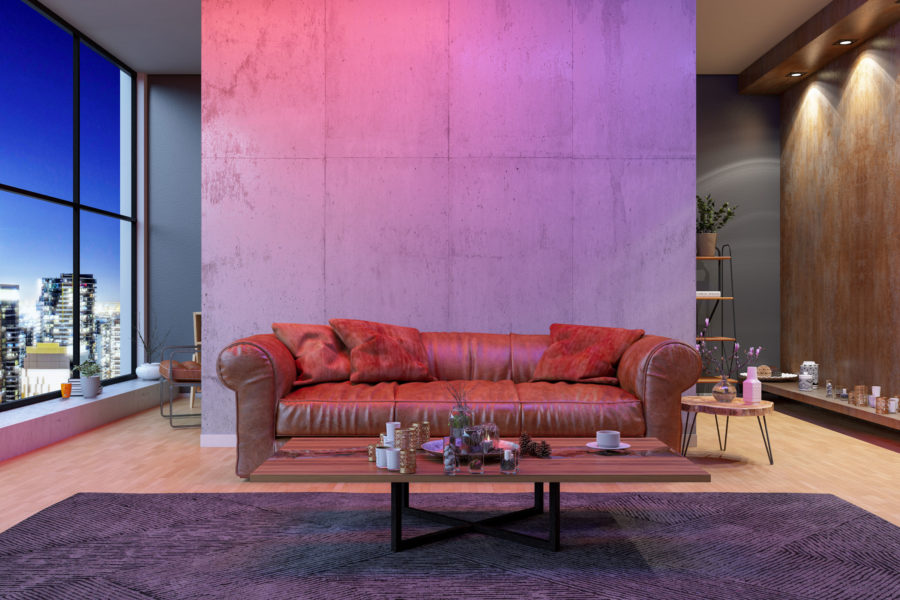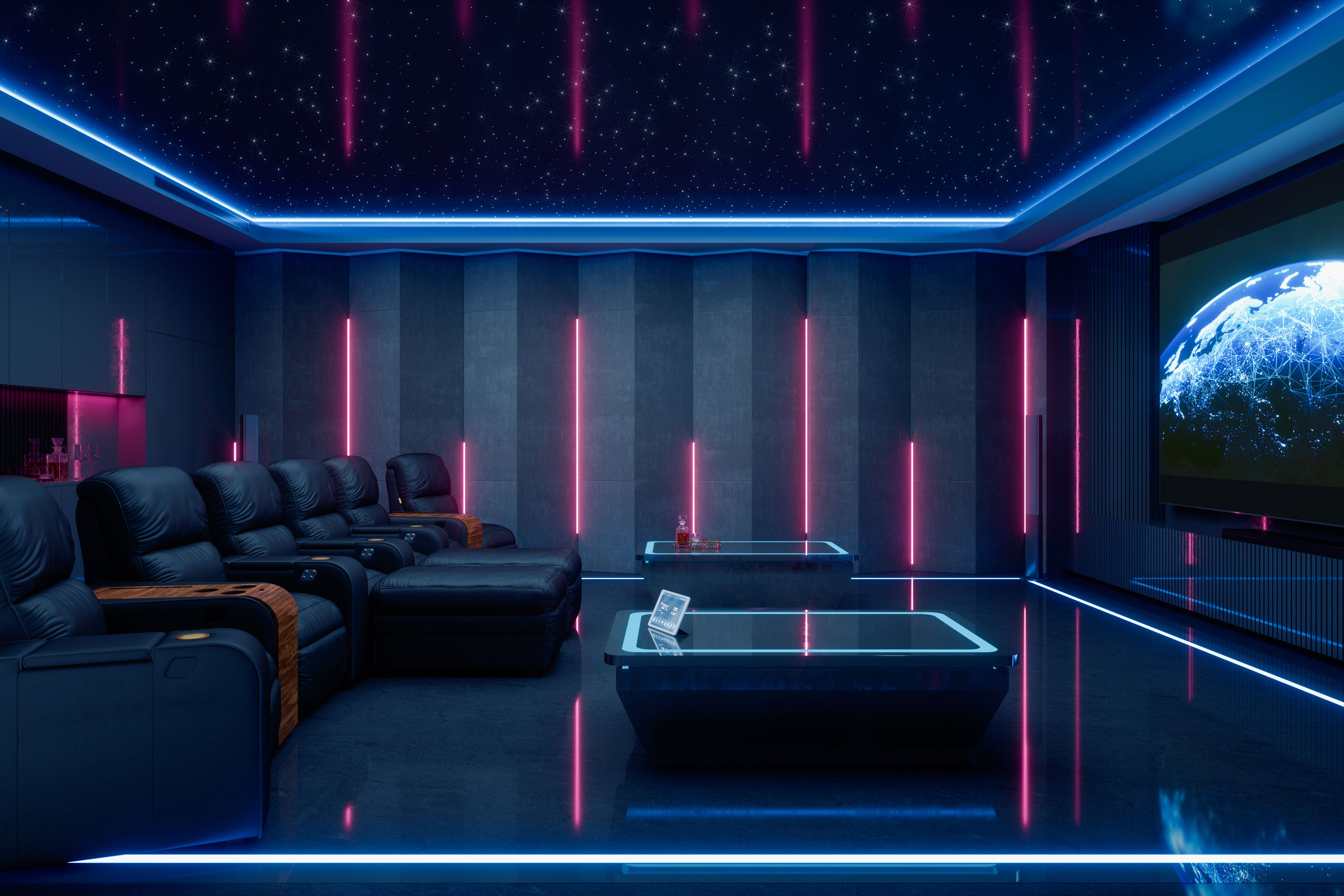Story at a glance:
- Nature’s light is the best light, according to the experts at American Lighting.
- It is impractical for most of us to live outdoors, and it’s time to restore our natural range of light.
- Natural light signals to our bodies to produce chemicals, initiate functions, and even clean our brains.
Natural light is the best light, but humans have never been wholly satisfied with the free, sustainable, renewable light given by the sun. We have spent the last several thousand years trying to develop and deliver light that frees us from our reliance on natural light and the very existence of 24-hour businesses and rooms without windows are clear evidence of at least a certain level of success. We have, as a society, disconnected from the sun as our primary source of light. And now, having achieved our goal, we are at last coming to terms with the high cost of living our lives under artificial light. There must be a better way.
Most of us take the sun for granted, at least until Congress passes a bill that changes daylight saving time. The sun is a very reliable source of light that seems to come up every morning—even on weekends and holidays—and we never get surprise bills in the mail for the extra we use on summer evenings. The sun works with our atmosphere to deliver two very important kinds of light—direct, strong light and indirect, soft light—that combine to make for the proverbial sunny day. Sure, sometimes we cannot see the sun because clouds—nature’s curtains—have been drawn across the sky. We still know when the sun is there, of course, as the curtain of clouds never truly blacks out the sun.
We did find a way to block natural light more effectively from our lives, and I’ll get to that in a minute. But first consider this idea: Natural light is constantly changing. As the sun rises and sets, light comes to us in every intensity, from the tiny pinpricks of stars to the literally blinding brightness of a midday sun. Light also comes to us in every color of the rainbow (again, literally), from the crisp cool white of direct sunshine to the deep blue of the sky to the rich amber of sunset. Natural light is never just 3000°K and is never limited to on and off. In other words, color-changing lighting is not a fad; it is a birthright.
We love watching a sunset over the ocean, but natural light is more than just something pretty and practical. Light is a stimulant of our biological system that drives physiological change, constantly signaling to our bodies when to produce chemicals, initiate functions, and even clean our brains of the day’s plaques. Light is so critical to our bodies that our eyes do not even need to be open for us to know that morning has arrived; our eyes are still actively sensing light when they are closed, and we are asleep. We never stop looking for it. Living indoors, unfortunately, means our eyes are seeking light that rarely comes.
I seldom hear disagreement with the premise that natural light is the best quality light, but I do not know anyone who has given up electric light. Similarly, nearly everyone agrees natural light is the most renewable, planet-friendly light, but I still do not know anyone who has given up electric light. Why? Living outdoors and spending our nights in tents is simply not a practical solution for most of us.
We love natural light, but in architecture and building we also work very hard to keep nature at bay. We build roofs that insulate us from the cold and insulate us from the light of the sun. We build walls that are solid, strong, and impermeable to light. We work in offices and schools and hospitals and factories that hum with electric light around the clock. For some of us, we may only see natural light on our way to and from work. It simply is not practical for us to live outdoors, and I am perfectly happy when my home protects me from wind and rain and the blazing heat of a summer sun. But my body is not perfectly happy. My body misses that light, even when I am not aware that I have deprived myself of a critical element of healthy living.
The time has come for us to restore our natural range of light. We know too much to sit idle and watch millions of new homes and billions of square feet of workspace be illuminated with static, fixed white lighting that only comes from the ceiling. Our understanding of biology is too far advanced for us to ignore the endocrine impact of light or the circadian function of light. Our mastery of geometry and science is too great for us to ignore the missed opportunities in our near field of vision. But does this mean we will need to use more light and consume more of the planet’s precious resources?

Photo courtesy of American Lighting
Possibly. Though as you can imagine, the answer is never simple. Our bodies need more light in the mornings than we currently experience at home and at work. There are some places where numerous large skylights and floor-to-ceiling windows might replace what we currently miss without requiring additional lighting, but this may not be practical in most of our environments. And we can get all the light we need if we work outdoors, another environmentally friendly solution that simply is not practical for many climates.
Adding brighter lights to our buildings is the most likely solution because it allows us to continue living nearly everywhere on the planet. And at 10am, these brighter systems will use more energy than current codes allow. We could push harder for renewable energy sources, but no matter what happens, brighter electric light requires more resources.
The flip side of brighter light during the day is that we are currently living with too much light at night. I am no energy expert, but my specialty is electric lighting that uses quite a bit of power. Energy codes assume the maximum lighting load used all day long, but a combination of intelligent controls and updated codes could allow for variable energy usage. Instead of 100% energy usage all day, a new model might allow 150% usage for a portion of the day and only 50% energy usage at other times, effectively offsetting the increase in morning energy use.
We also know our bodies react differently to different colors, or wavelengths, of light. Color may be useful in offsetting some of the energy usage, as it generally takes fewer lumens of cool white light (blue-white) to stimulate alertness than lumens of warm white light (amber-white). Again, on the flip side, we need something different in the evenings, like warm light. Change, as they say, is the only constant.
It will take fundamental, industry-wide change to harness the benefits of light for our bodies and minds, but the good news is that we are already moving toward an, ahem, brighter future. Lighting technologies like linear lighting, also known as tape light, allow us to illuminate ceilings and walls in new ways that can help deliver the light needed for proper circadian health. Smart control systems can raise and lower the lights as needed on schedules that keep us in sync with natural light. And color-changing LEDs make it possible for our interior lighting to parallel the sun and sky outdoors, further restoring our natural range of light.
There is still much to do. Architects and designers must invest considerable time in keeping up with lighting science and technology or hire experts like lighting designers. Builders and electrical contractors must also rethink their approach and focus on the needs of the human occupant that go beyond just “having enough light.” Manufacturers must continue to improve color quality, efficiency, and flexibility in their products. Control companies must simplify and codify changing lighting conditions to make it simple for the end user. Regulators must update codes to prioritize human well-being while balancing the very real need to limit our energy and material usage. And consumers and clients must recognize that lighting budgets are often too small to deliver more than a bright, static, base layer of light.

Photo courtesy of American Lighting
I have seen the future of light in learning and experience centers—all the components needed already exist. I have watched our company move from RGB (red-green-blue) color-changing lighting for party tricks to RGBTW (red-green-blue-tunable white) that can more accurately reproduce everything from morning sun to midday skies to evening sunsets. I have met lighting designers who invest in following the science and keep up-to-date with technology. I know builders and electrical contractors who realize four cans and a fan is simple but not the right light for their clients. And I have met clients willing to spend a few more dollars for lighting that will positively impact every waking moment of their lives—and every sleeping moment, too.
Natural light is still the best light. It is free and available to everyone with a quick walk outside. It renews itself every day, is bright when our bodies need it, and disappears when our bodies need sleep. That does not excuse us from doing better indoors. It is time to walk away from fixed white light that is too dim in the mornings and too bright in the evenings. It is time to restore our natural range of light.


